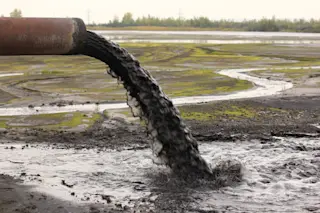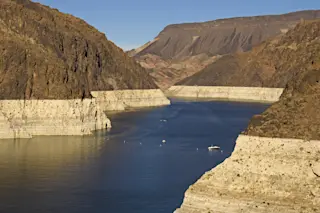Freshwater has always been a precious commodity on Colombia’s arid Guajira Peninsula, but climate change is turning scarcity into crisis. Most of the region’s wells are contaminated by saltwater, forcing inhabitants to rely on rainfall for potable water. After three years of extreme drought, the people of the Guajira are still waiting for the rain to come.
Guajira’s water pinch is just one example of how a warming world is already hurting developing countries. And the worst is yet to come: As the global thermostat rises, extreme weather events such as droughts and floods will become more frequent and intense in many regions, the United Nations warns.
Developing countries stand to suffer the most from climate change — and they have the fewest resources to prepare for it. So inventors and engineers are devising simple and often inexpensive measures to help communities adapt to a climate-altered world. Here are five ...















